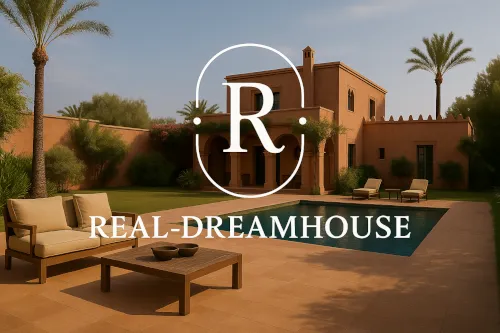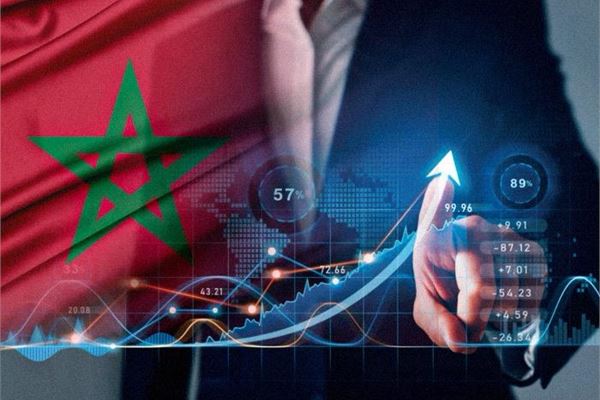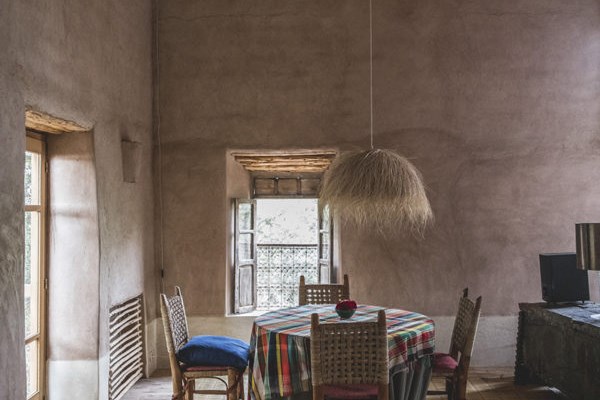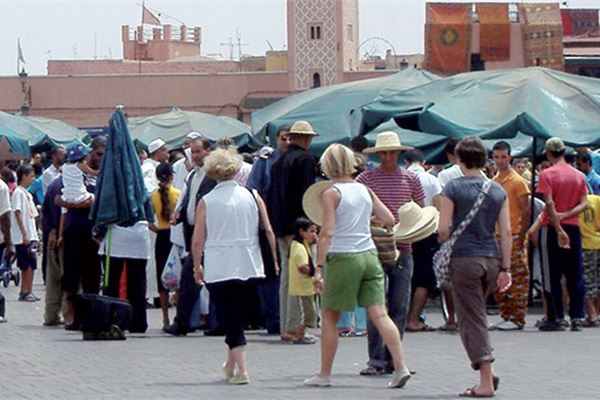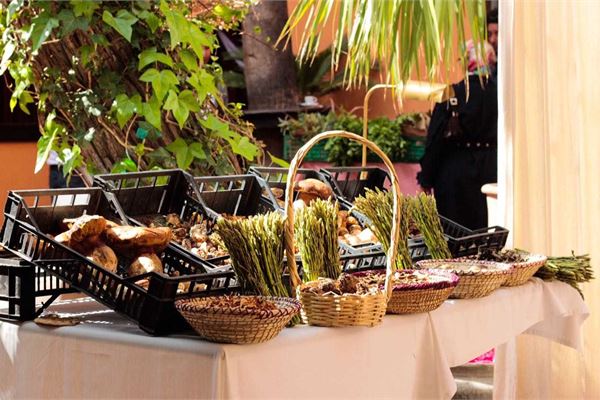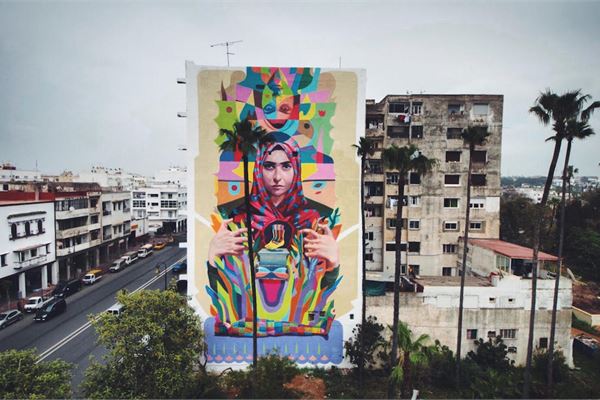
Street Art in Morocco: Casa and Rabat, Capitals of Urban Graffiti
street art in morocco: casa and rabat, capitals of urban graffiti
14 July 2025
Far from orientalist clichés, contemporary Morocco is reinventing itself through a new form of artistic expression that massively invests in public space. Recently, a new generation of Moroccan artists has been taking over public spaces to design their universe on a large scale, changing the face of cities like Rabat or Casablanca. These two metropolises have established themselves as the true laboratories of Moroccan street art, offering local and international artists walls that tell a new story of the kingdom.
Casablanca, Pioneer of the Movement
Street art began in Casablanca in 2013, initiated by the Casablanca association L'Boulverad. The Sbagha Bagha project gave the city its first murals. What started as a modest cultural initiative has gradually transformed into a genuine urban phenomenon. Since then, several artist collectives have been working to transform Casablanca into a vast open-air gallery. The Sbagha Bagha festival, whose name literally means "he colored it" in Darija, is the flagship event of this emerging scene. Since its creation in 2013, the Sbagha Bagha festival has established itself as a key event for street art in Morocco, particularly in Casablanca. It has allowed many Moroccan artists to assert themselves in the field. The event gathers artists from around the world each year who take over the walls of the economic capital to create monumental works. The Casablanca approach is not limited to mere urban decoration. A nursery of young talents, the festival aims to stimulate local scenes and artistic dynamics parallel to its organization. This inclusive approach reveals local talents while creating lasting artistic emulation.
Rabat and the Jidar Festival: Institutionalized Urban Art
The administrative capital is not left behind. Every spring, Rabat, the capital of Morocco, transforms into an open-air art gallery, thanks to the Jidar festival. The name "Jidar," which means "wall" in Arabic, perfectly reflects the ambition of this festival, which transforms urban architecture into an artistic medium. From April 18 to 28, 2024, the heart of the festival, the creation of murals, mobilizes the biggest names in national and international street art. This year, eleven artists from eight different countries will project their imagination onto ten walls scattered across various neighborhoods. This international dimension allows Moroccan artists to confront their practices with those of other cultures while affirming their own artistic identity.
An Artistic Scene in Full Swing
Beyond festivals, the Moroccan street art scene reveals remarkable artistic personalities. Samir Toumi is a now renowned artist who began learning graffiti by creating it in support of his soccer team Wydad AC. Toumi's pieces have the appearance of collages and are often sepia-toned. This fusion between sports passion and artistic expression perfectly illustrates the popular anchoring of the movement. Since 2017, the city of Casablanca, through its territorial marketing program wecasablanca, has launched the Casamouja Urban Art Wave project, aiming to contribute to the beautification of the city and provide a real platform for Moroccan artists to showcase their works to the public. This progressive institutionalization reflects the growing recognition of street art as a legitimate art form.
Between Tradition and Modernity: An Art of Controlled Transgression
On the edge of permissible, legitimate, and colonial, street art in Morocco is characterized by the constant oscillation between subversive and subverted practices, between vandal and marketed art, between postcolonial revendication and dominated praxis. This permanent tension between subversion and social acceptance characterizes the specificity of Moroccan street art. Artists skillfully navigate between respecting local cultural codes and expressing an assumed modernity. Their works dialogue with urban architecture, whether it's the Art Deco facades of Casablanca or the contemporary constructions of Rabat, creating an original visual blend.
The Social and Urban Impact of the Movement
Moroccan street art does not merely decorate walls; it actively participates in the social transformation of urban spaces. Sbagha Bagha 2019: Street Art to Boost Neighborhood Dynamics illustrates this social dimension. Festivals become catalysts for local development, attracting a diverse audience and contributing to changing the image of certain neighborhoods. Moroccan urban art also functions as a vector for generational integration. The works create a common language between young artists and older residents, allowing for intercultural dialogue at the heart of cities.
Towards International Recognition
The dynamism of Moroccan street art now exceeds national borders. Casablanca is part of Street Art Cities, the biggest database of street art from all over the world. This international recognition allows Moroccan artists to join a global network while preserving their cultural identity. The festivals in Casablanca and Rabat now attract world-renowned artists, creating an effect of emulation that elevates the overall level of local artistic production. This virtuous dynamic contributes to the emergence of a true Moroccan school of street art, recognizable by its themes and particular aesthetic.
Conclusion
Casablanca and Rabat have established themselves as the essential capitals of street art in Morocco, each with its specificity. Casablanca, with its more popular and spontaneous approach, and Rabat, with its more institutional and international dimension, together create a rich and dynamic artistic ecosystem. This artistic movement testifies to a Moroccan youth that appropriates public space to express its vision of the world, creating authentically Moroccan urban art while being part of a global dynamic. Moroccan street art is no longer just a fashion phenomenon but a lasting component of the contemporary cultural landscape of the kingdom.
L'équipe de Real-dreamhouse
Notre équipe dynamique et dédiée à la clé de votre succès. Nous offrons un service professionnel sur mesure, respectant des standards élevés pour réaliser vos ambitions immobilières.
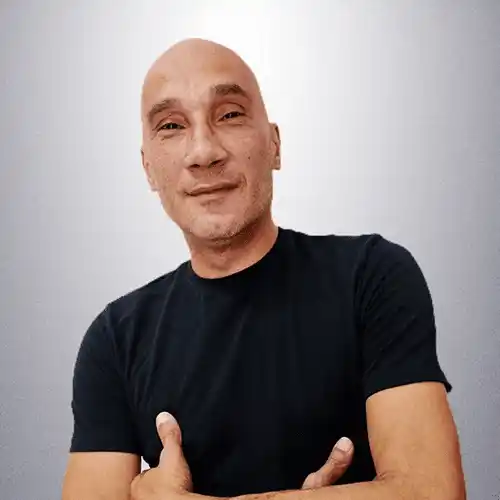
Benoit PRIVEL
Fondateur Manager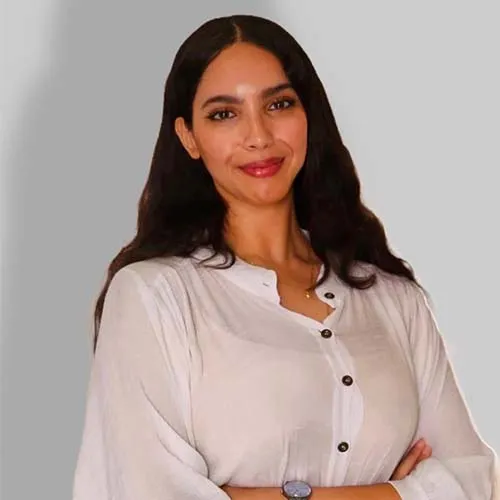
Salwa SAMSAK
Manager Événementiel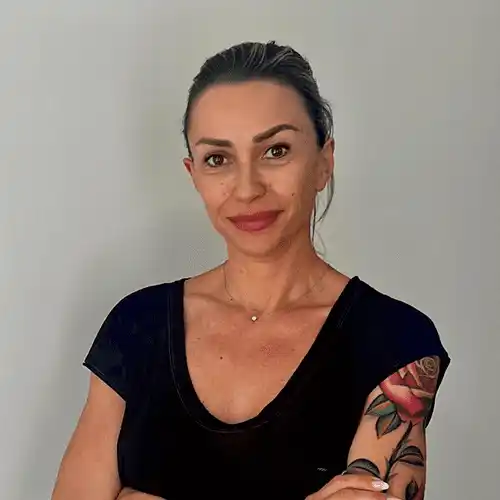
Sophie BELLAVOINE
Manager Consultant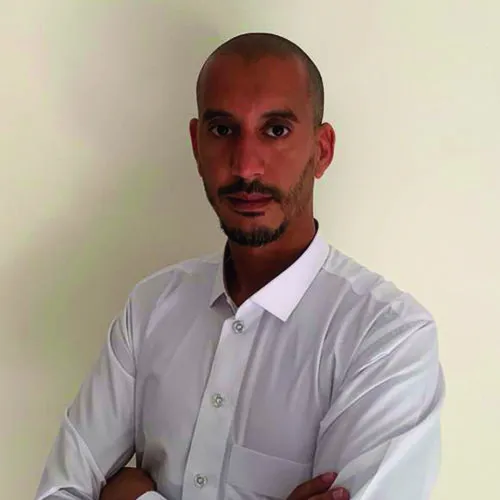
Tawfik BOUAMANE
Consultant Manager RabatContact us for a free valuation of your property!
Get a free and reliable valuation of your property in Marrakech, carried out by our local experts.
